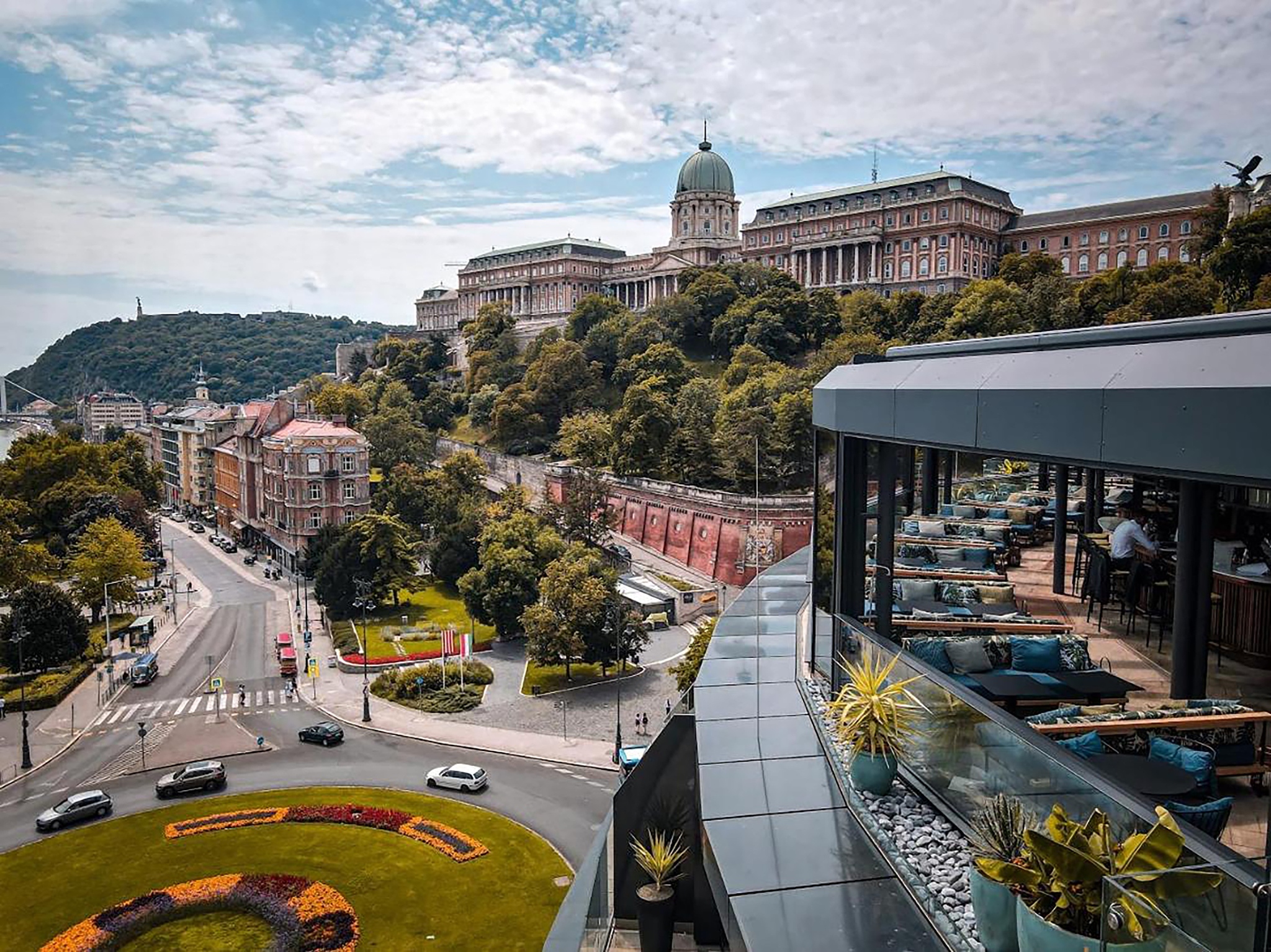
The majority of Hungarian travelers will depart for Germany during the week of June 17.Continue reading

European inbound tourism could be on course for a record high, according to a joint report by market research institute ForwardKeys and the European Tourism Association (ETOA), Turizmus.com writes.
According to the analysis, the latest data – the number of searches and bookings for flights – shows that international arrivals in Europe are up 12% year-on-year in July and August, slightly above the global average of 11%. The increase is due to a 10% rise in intra-continental travel and a recovery in the Asia-Pacific and U.S. markets (11% and 21% respectively). Within the Asian outbound market, demand from Chinese and Japanese tourists in particular has increased (64% and 53% respectively).
The report underlines that
these figures show that there is strong interest in European destinations despite the persistent economic challenges worldwide.
This is partly due to the major events taking place during the summer season. At the same time, the economic uncertainty is reflected in the higher increase in demand for economy class tickets (+11%) compared to the increase in demand for premium class seats (+1%).
Inbound tourism is growing fastest in Central and Eastern Europe after a delayed resumption due to the war in Ukraine. The region is expected to see a significant increase of 23% in tourist arrivals this summer. Growth in Northern Europe is also faster (+12%) than in Southern Europe (+10%), reflecting the recovery trend across all European sub-regions.
The upturn is mainly due to urban destinations.
Munich, hosting major sporting events this summer, has seen the largest increase in demand, up 37%, followed by Vienna, Zurich, Prague and Budapest.
The 10 best performing cities according to the analysis (growth rates in brackets compared to 2023):

Heroes’ Square, Budapest. Photo: Pixabay
While the majority of trips within the region (63%) remain of medium length, the largest increase (+23%) compared to last year is in the number of short stays of one to three nights, accounting for 16% of the total. The increase in the number of long stays of more than two nights is much more modest (+5%).
Overall, the number of trips from Asia is still below 2019 levels, but improving air connectivity has benefited the sector. Interest in multi-destination travel from the region has also increased significantly, indicating the popularity of European cities among Asian travelers who are receptive to a combination of cultural and historical attractions and shopping opportunities, but this is still below pre-pandemic levels.
The most popular city combinations are Budapest and Vienna (+ 118%), Milan and Munich (+106%), Prague and Amsterdam (+71%) and Istanbul and Athens (+63%).
This year’s events are of course a crucial factor in boosting inbound tourism. For example, Germany, the host of the UEFA Euro 2024, is set to see a 19% increase in inbound tourism compared to 2023. Furthermore, Paris, the host of the Summer Olympic Games, is also seeing increased demand, especially from Chinese, Japanese, German and American travelers.
Via Turizmus.com; Featured image via Facebook/Hotel Clark Budapest